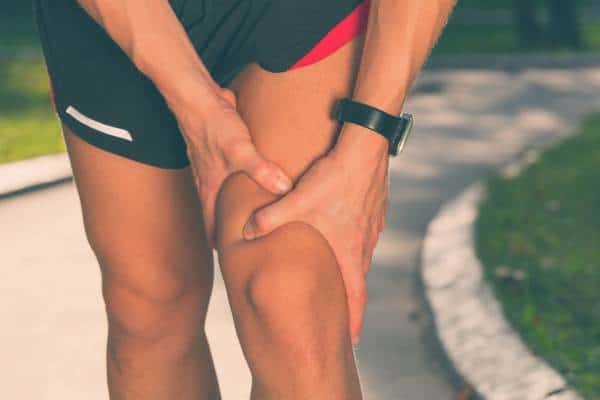Injury Repair Peptides – The Science Behind Healing and Recovery

15% off first order with code: 1storder

As athletes and fitness enthusiasts, are always looking for ways to optimize training and recovery. One exciting area of research is the use of injury repair peptides, which have shown promise in promoting healing and recovery after injury. In this article, we’ll explore what injury repair peptides are, how they work, and their potential benefits.
Peptides are short chains of amino acids that play a vital role in many physiological processes in the body, including muscle growth, immune function, and tissue repair. Injury repair peptides are a specific type of peptide that has been shown to promote healing and recovery after injury.
There are several different types of injury repair peptides that have shown promise in clinical trials, including:
The exact mechanism by which injury repair peptides work is not fully understood, but research suggests that they work by promoting the growth and differentiation of cells involved in tissue repair, as well as reducing inflammation and oxidative stress.
In particular, injury repair peptides have been shown to promote the growth of blood vessels, which can help to increase blood flow and nutrient delivery to injured tissues. They have also been shown to promote the production of collagen, which is essential for the repair and regeneration of connective tissues such as muscle, tendon, and ligament.
Injury repair peptides are a promising area of research for promoting healing and recovery after injury. While more research is needed to fully understand their mechanisms of action and potential side effects, early studies suggest that they may have a variety of benefits, including faster recovery, reduced inflammation, and improved performance. PharmaLabGlobal supplies injury repair peptides for medical research purposes.
References:
[1] https://pubmed.ncbi.nlm.nih.gov/21030672/
[2] https://pubmed.ncbi.nlm.nih.gov/30063849/
[3] https://pubmed.ncbi.nlm.nih.gov/26275694/
TO PURCHASE PRODUCTS FROM OUR WEBSITE YOU MUST BE AT LEAST 21 YEARS OF AGE.
DISCLAIMER: All products sold by PharmaLabGlobal are for in-vitro research and laboratory use only. These products are not designed for use or consumption by humans or animals. Nothing on this Website is intended to diagnose, heal, treat, cure, mitigate or prevent disease. By purchasing from our Website the buyer accepts and acknowledges the risks involved with consumption and handling of these products. All articles and product information provided on this Website are for informational and educational purposes only. All products are to be handled by qualified and properly trained research or laboratory professionals only.
TO PURCHASE PRODUCTS FROM OUR WEBSITE YOU MUST BE AT LEAST 21 YEARS OF AGE.
DISCLAIMER: All products sold by Pharma Lab Global are for in-vitro research and laboratory use only. These products are not designed for use or consumption by humans or animals. Nothing on this Website is intended to diagnose, heal, treat, cure, mitigate or prevent disease. By purchasing from our Website the buyer accepts and acknowledges the risks involved with consumption and handling of these products. All articles and product information provided on this Website are for informational and educational purposes only. All products are to be handled by qualified and properly trained research or laboratory professionals only.
